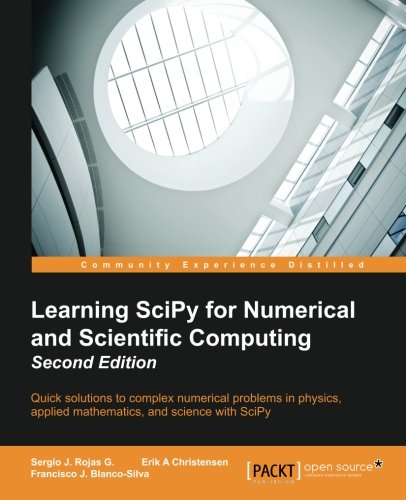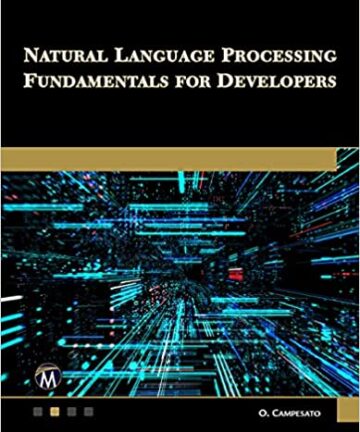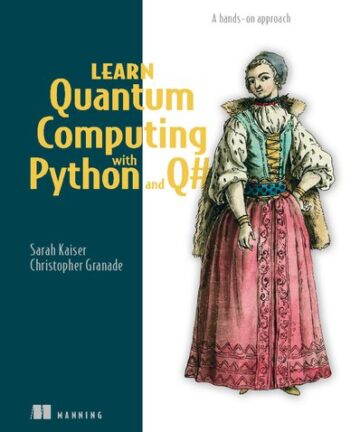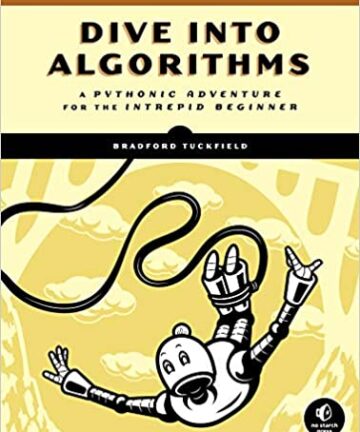Description
In Detail
SciPy is an open source Python library used to perform scientific computing. The SciPy (Scientific Python) package extends the functionality of NumPy with a substantial collection of useful algorithms.
The book starts with a brief description of the SciPy libraries, followed by a chapter that is a fun and fast-paced primer on array creation, manipulation, and problem-solving. You will also learn how to use SciPy in linear algebra, which includes topics such as computation of eigenvalues and eigenvectors. Furthermore, the book is based on interesting subjects such as definition and manipulation of functions, computation of derivatives, integration, interpolation, and regression. You will also learn how to use SciPy in signal processing and how applications of SciPy can be used to collect, organize, analyze, and interpret data.
By the end of the book, you will have fast, accurate, and easy-to-code solutions for numerical and scientific computing applications.
Quick solutions to complex numerical problems in physics, applied mathematics, and science with SciPy
About This Book
- Use different modules and routines from the SciPy library quickly and efficiently
- Create vectors and matrices and learn how to perform standard mathematical operations between them or on the respective array in a functional form
- A step-by-step tutorial that will help users solve research-based problems from various areas of science using Scipy
Who This Book Is For
This book targets programmers and scientists who have basic Python knowledge and who are keen to perform scientific and numerical computations with SciPy.
What You Will Learn
- Get to know the benefits of using the combination of Python, NumPy, SciPy, and matplotlib as a programming environment for scientific purposes
- Create and manipulate an object array used by SciPy
- Use SciPy with large matrices to compute eigenvalues and eigenvectors
- Focus on construction, acquisition, quality improvement, compression, and feature extraction of signals
- Make use of SciPy to collect, organize, analyze, and interpret data, with examples taken from statistics and clustering
- Acquire the skill of constructing a triangulation of points, convex hulls, Voronoi diagrams, and many similar applications
- Find out ways that SciPy can be used with other languages such as C/C++, Fortran, and MATLAB/Octave






Reviews
There are no reviews yet.